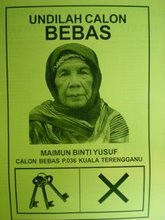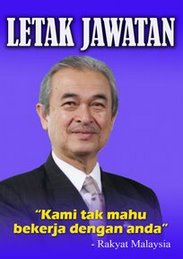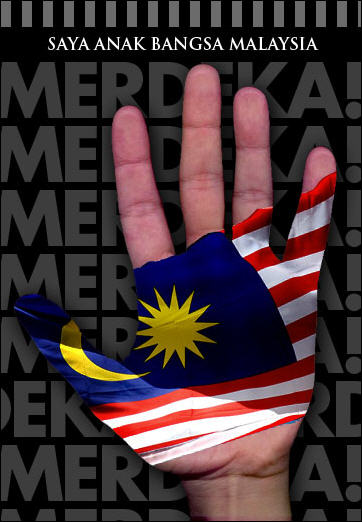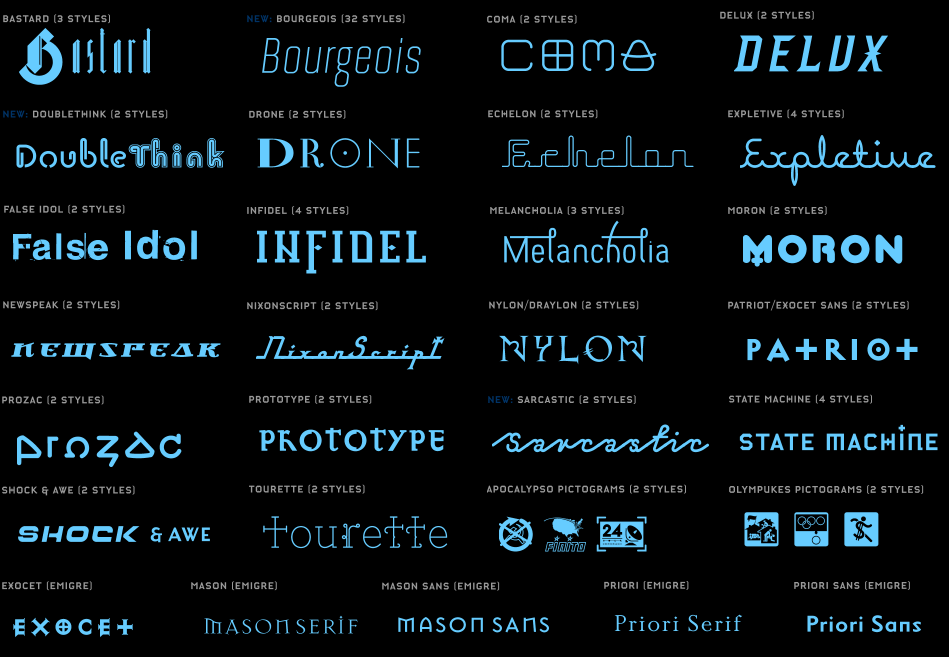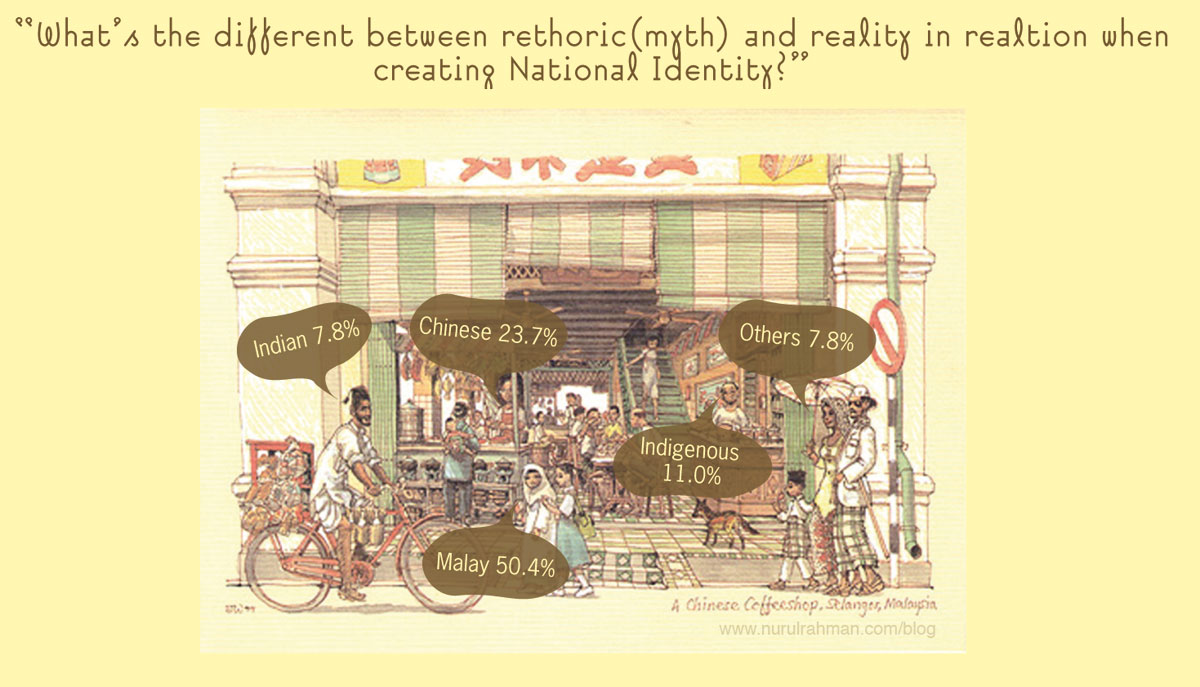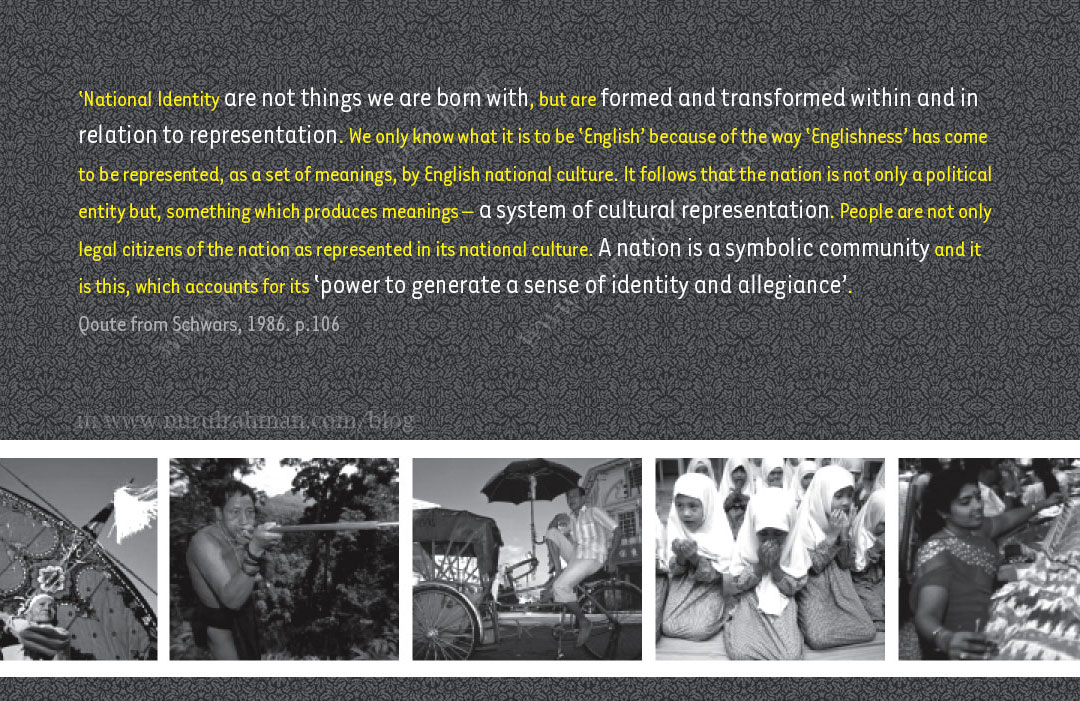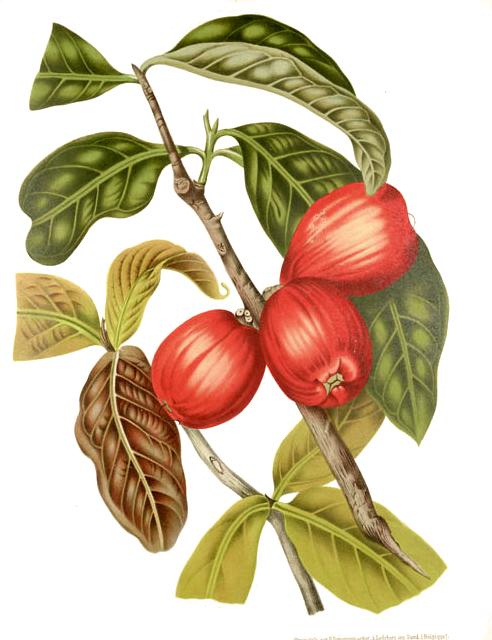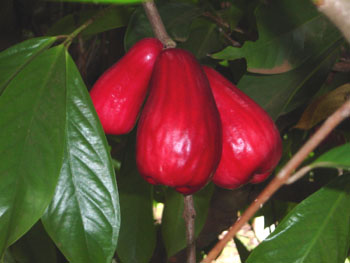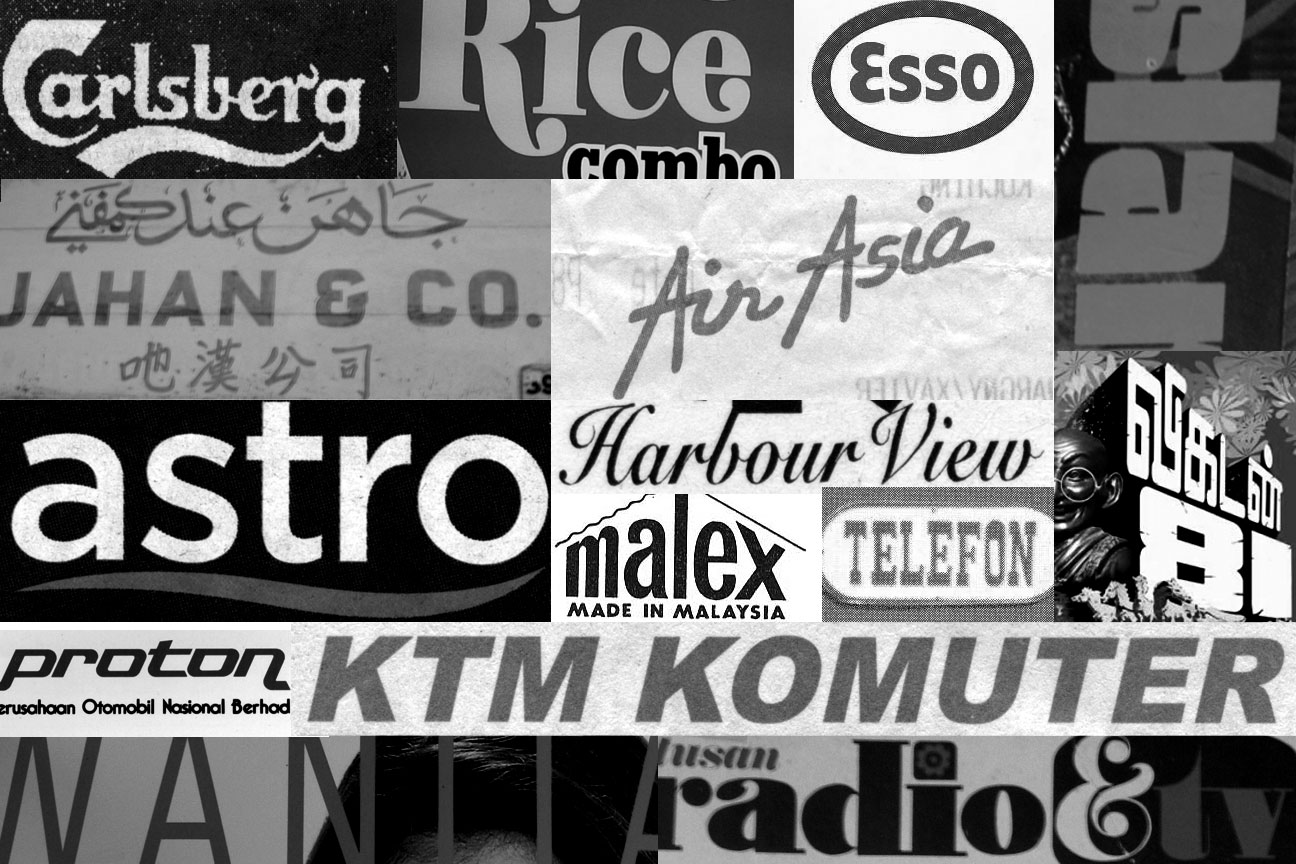For those that facing difficulties to view my discussion outline poster, I hope at this moment, you will manage to view it through this blog.
If you don’t please do let me know..
This work is licensed under a
Creative Commons Attribution-NonCommercial-NoDerivs 2.5 License.
1. Can an online discussion be used as a new research practice?
Searchers, to communicate findings between research centers, research and development departments, and universities, developed Internet. With the rise of web 2.0, and collaborative web sites, the temptation is great to make use of these innovative technologies as tools in new research patterns and practices.
As part of a practice-based PhD research, the author used an online discussion forum to gather a selection of designers, artists and people involved in creative areas, to start a discourse and confront ideas about Malaysian identity. As both participant and facilitator, the author proposed the participants to further discuss on specific topics related to her research to broaden her reflection.
This paper aims to explain how an online tool can be used, for a research perspective, to experiment and confront ideas, to find new directions of investigation or to have a general opinion on a specific subject.
The forum malaysianidentity.com will be used as a case study to explore the advantages and challenges such a solution may present.
Abstract proposal for ASAA conference in Melbourne, June 2008
2. Looking behind the print from Graphic Designers eyes
Throughout history, the field of graphic design has evolved often in direct relation to evolving technologies. For example there has been the transition from hand-drawn to computerized illustration method, the use of digital or still images, new types of font systems, techniques for animation all of which, have evolved the craft and outcomes of this field of design.
This proposed paper is based in research that has emerged from a practice-based research project which is investigating the Graphic Designers contribution in shaping national identity. Based on Malaysias 50 years of independence as a case study, this research concentrates on cultural artefacts, mostly printed material, such as magazine and newspaper advertisements; and traces this contribution to Malaysian identity.
With that framework in mind, this paper will examine how printed material can reveal the evolution of the designers work with a particular focus on the evolution of printing processes and technologies in shaping and directing new styles and methods of communication. This paper aims to compare the design and printing techniques use in the practice of creating advertisement within that period.
Consequently, it will provide a visual analysis using the selected advertisements that will facilitate this discussion of the designers work.
To conclude, this paper will question the meaning behind the use of these technologies in the production of advertisements, and its relation to the economic status and perceptions of national identity.
Abstract proposal for SHOT meeting in Lisbon, October 2008


